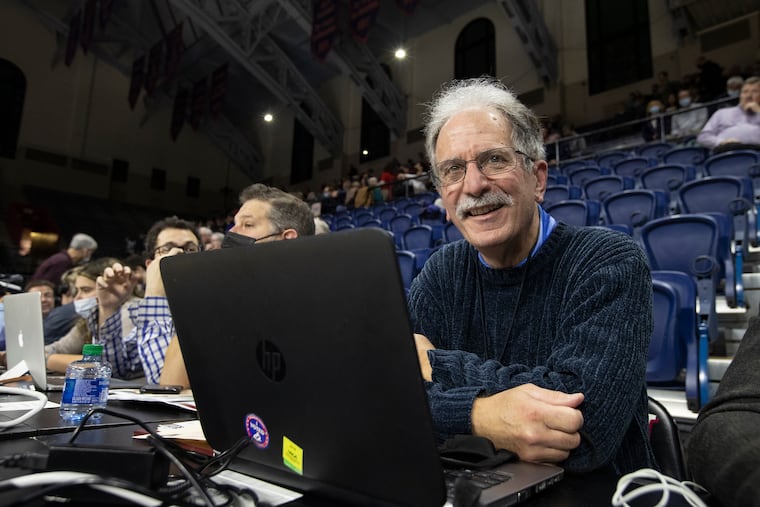Iverson, Tiger and Paterno: Writing for The Inquirer, there was never a dull moment | Joe Juliano
I liked to refer to myself as a utility infielder, someone who could report and write capably on a number of different sports.

I liked to refer to myself as a utility infielder, someone who could report and write capably on a number of different sports.
